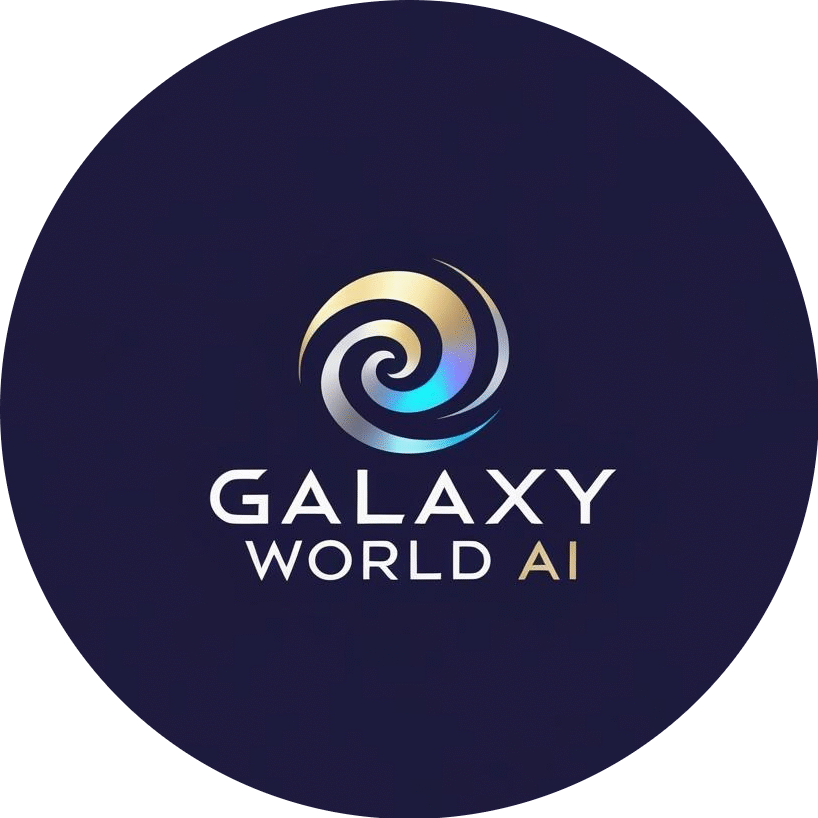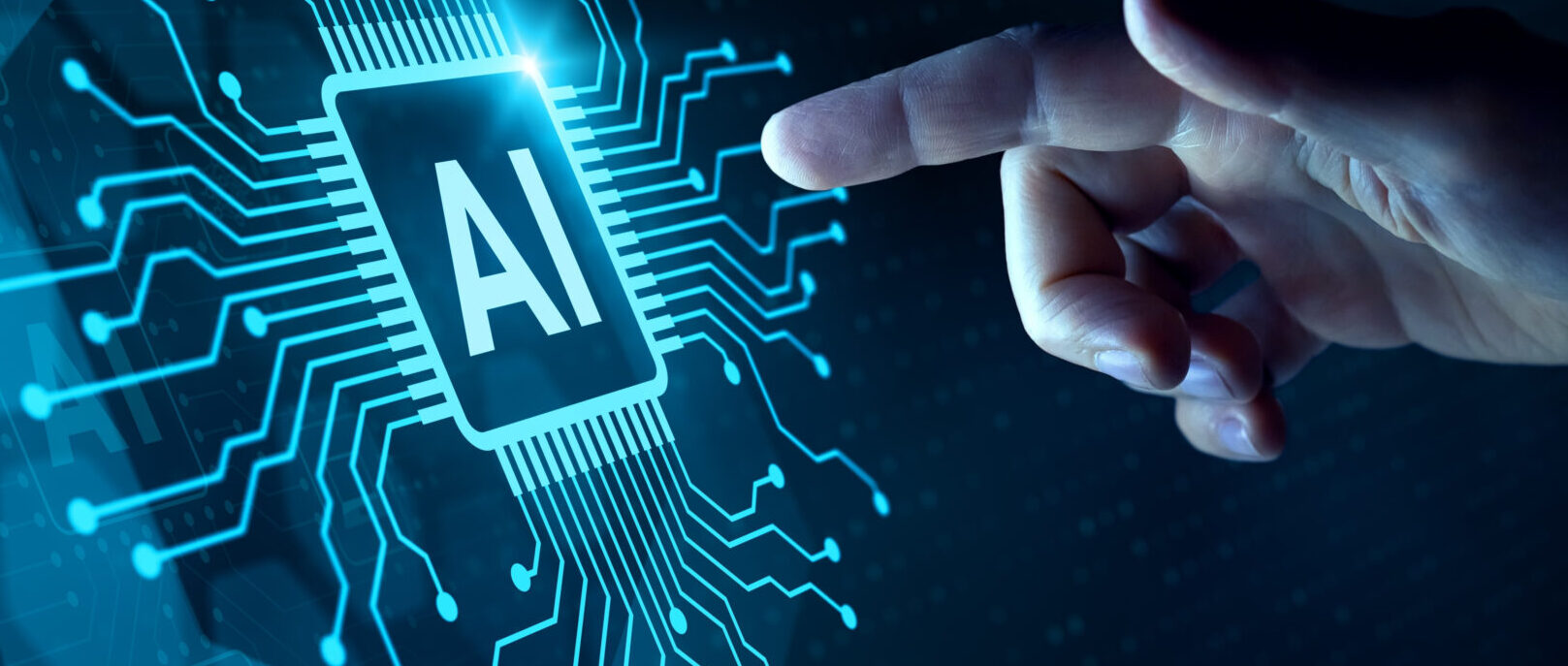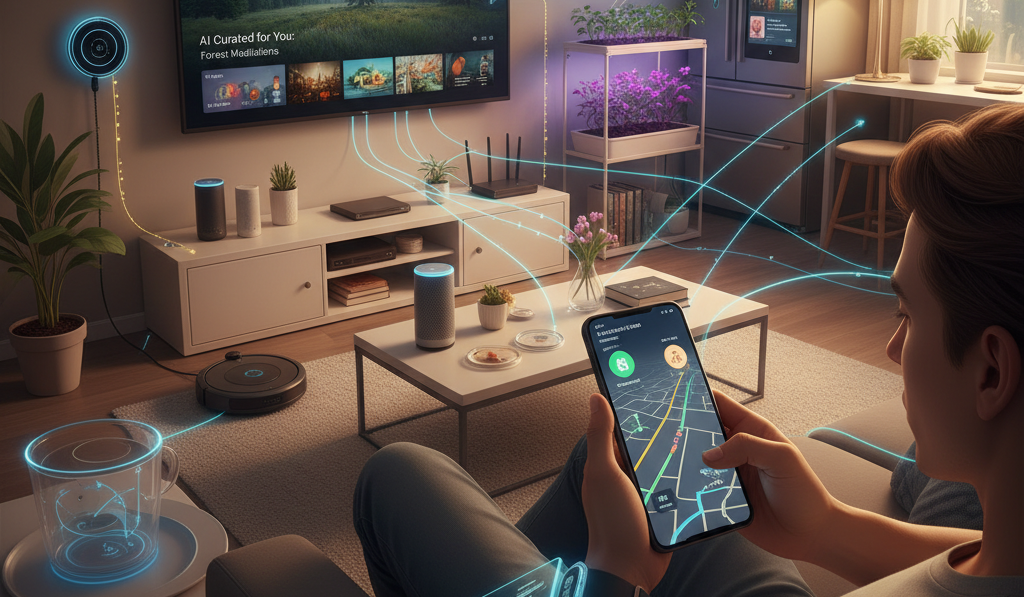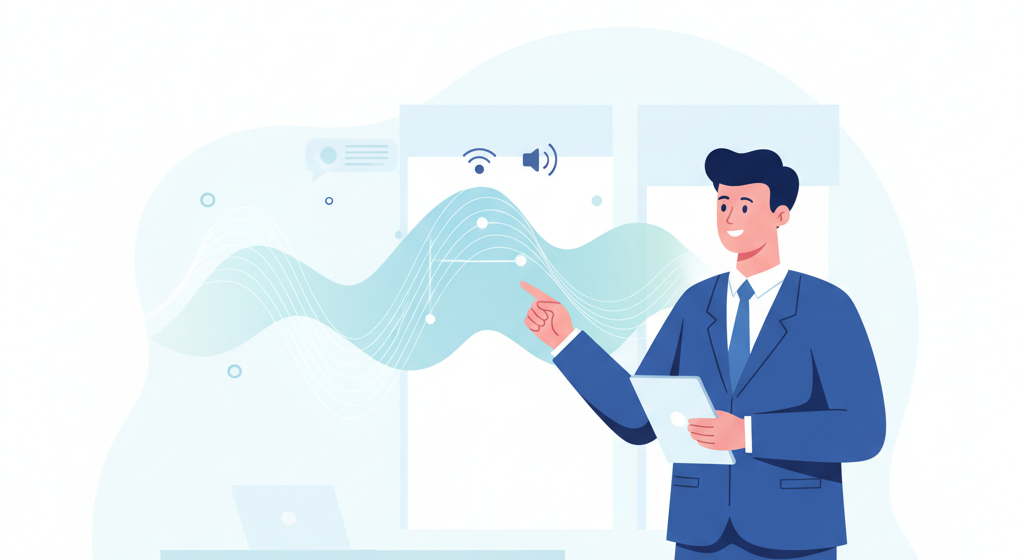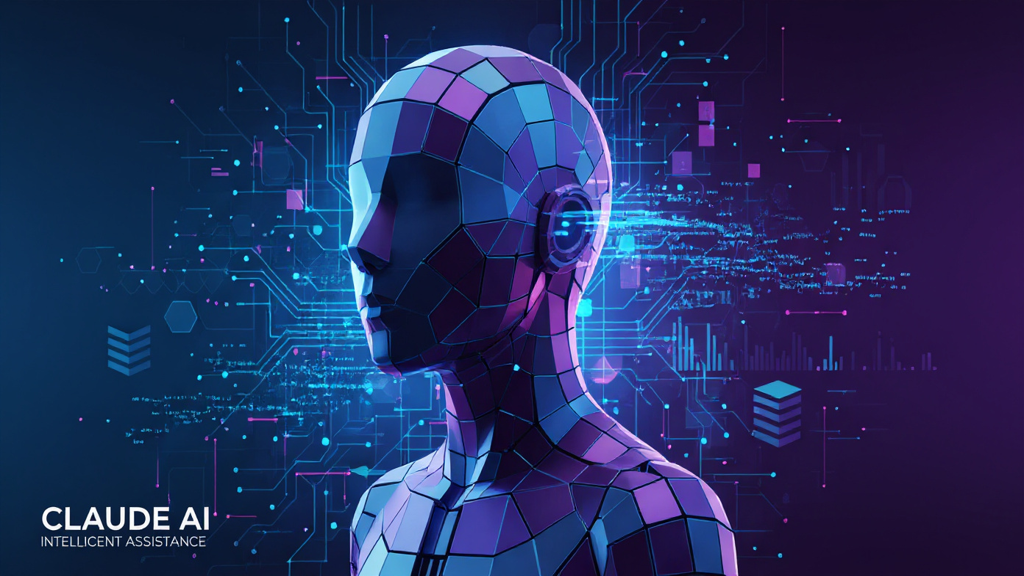 I still remember the first time I opened up ChatGPT. It wasn’t a grand experiment or a deep technical dive—I just wanted it to draft a cheeky reply to a friend’s message. Within seconds, it gave me something so natural that I almost felt guilty taking credit. That moment stuck with me. Not because I was amazed by “AI writing,” but because it quietly revealed how this technology was slipping into the fabric of everyday life.
I still remember the first time I opened up ChatGPT. It wasn’t a grand experiment or a deep technical dive—I just wanted it to draft a cheeky reply to a friend’s message. Within seconds, it gave me something so natural that I almost felt guilty taking credit. That moment stuck with me. Not because I was amazed by “AI writing,” but because it quietly revealed how this technology was slipping into the fabric of everyday life.
That’s the thing about Open AI’s tools: their true impact isn’t always in the headlines about billion-dollar valuations or futuristic promises. It’s in the ordinary, in how casually people now ask a model for help brainstorming recipes, debugging code, or writing a school essay. But to really understand Open AI’s role, we have to look past the hype and examine what’s actually happening under the hood—and around it.
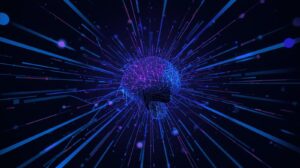 The Autocomplete on Steroids
The Autocomplete on Steroids
At their core, models like GPT are not magical fountains of knowledge. They’re closer to a super-powered autocomplete that has devoured vast amounts of the internet. When you type a sentence, the model predicts the most likely next words based on patterns it has seen before. It’s not “thinking” or “understanding” in the human sense. It’s statistics at scale, dressed in eloquent prose.
And yet, this statistical trick changes everything. Suddenly, non-technical people have access to a tool that can mimic expertise, offer creative drafts, or summarize oceans of data. That democratization of ability—giving average people access to something that feels like a research assistant or writing partner—is where the true shift lies.
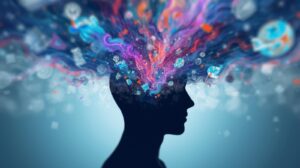 Creativity, Originality, and the Blurry Line
Creativity, Originality, and the Blurry Line
The conversation about AI often pivots to creativity. Can an AI be original if it’s built on patterns of what’s already been written? Maybe not in the pure sense. But does that matter when the output is good enough to inspire, refine, or accelerate a human’s own ideas?
I think of it like photography. When cameras became widespread, they didn’t replace painting—but they did redefine what it meant to capture a moment. AI writing tools are doing something similar: they’re not here to erase human creativity, but they are changing how we define authorship, effort, and originality.
 The Messy Underside
The Messy Underside
Of course, it’s not all neat metaphors and new opportunities. There are messy realities we can’t ignore.
-
Bias: Models absorb the same biases that exist in the data they’re trained on. Ask a careless question and you might get a response that reflects harmful stereotypes.
-
Environmental Cost: Training these massive models isn’t cheap—not just in dollars but in energy. Behind the smooth chat interface are server farms pulling electricity on a scale most of us rarely think about.
-
Openness vs. Control: Open AI began with a mission of transparency but now operates with a more guarded, proprietary stance. Critics argue this slows innovation and concentrates power in the hands of a few; defenders say it’s necessary to prevent misuse. Both views carry weight.
These tensions matter because they shape who benefits from AI—and who doesn’t.
 Cutting Through the Noise
Cutting Through the Noise
It’s easy to get lost in extremes: the techno-utopians who think AI will solve everything, and the doomsayers who predict societal collapse. The reality is more grounded. Open AI’s tools are powerful, yes. But they’re also flawed, shaped by human choices, and still deeply dependent on us to use them wisely.
Perhaps the real measure of impact isn’t whether AI can pass a bar exam or write a poem. It’s how we, as individuals and societies, adapt our expectations of work, creativity, and responsibility in response.
 A Closing Thought
A Closing Thought
When I think back to that first playful use of ChatGPT, I realize the bigger story isn’t about what the model did for me—it’s about how quickly I let it into my life. That’s the real power of Open AI: not in the spectacle, but in the quiet reshaping of daily habits.
The question is: as these systems become even more capable, will we guide them with the same care we expect from our human collaborators? Or will we let convenience outrun caution?
That, more than the hype, will define Open AI’s lasting impact.
